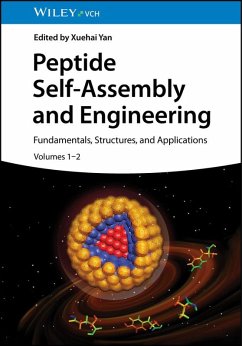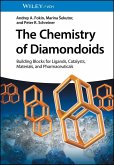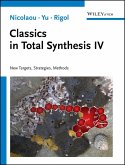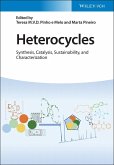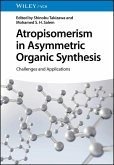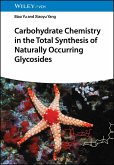Peptide Self-Assembly and Engineering
State-of-the-art research in peptide self-assembly, with coverage of fundamental aspects of how peptides self-assemble and an extensive number of applications
Peptide Self-Assembly and Engineering: Fundamentals, Structures, and Applications (2V set) covers the latest progresses in the field of peptide self-assembly and engineering, including the fundamental principles of peptide self-assembly, new theory of nucleation and growth, thermodynamics and kinetics, materials design rules, and precisely controlled structures and unique functions. The broad contents from this book enable readers to obtain a systematical and comprehensive knowledge in the field of peptide self-assembly and engineering.
Contributed by the leading scientists and edited by a highly qualified academic and an authority in the field, Peptide Self-Assembly and Engineering includes information on:
A very comprehensive reference covering the latest progresses in the field of peptide self-assembly and engineering, Peptide Self-Assembly and Engineering is an essential resource for all scientists performing research intersecting with the subject, including biochemists, biotechnologists, pharmaceutical chemists, protein chemists, materials scientists, and medicinal chemists.
State-of-the-art research in peptide self-assembly, with coverage of fundamental aspects of how peptides self-assemble and an extensive number of applications
Peptide Self-Assembly and Engineering: Fundamentals, Structures, and Applications (2V set) covers the latest progresses in the field of peptide self-assembly and engineering, including the fundamental principles of peptide self-assembly, new theory of nucleation and growth, thermodynamics and kinetics, materials design rules, and precisely controlled structures and unique functions. The broad contents from this book enable readers to obtain a systematical and comprehensive knowledge in the field of peptide self-assembly and engineering.
Contributed by the leading scientists and edited by a highly qualified academic and an authority in the field, Peptide Self-Assembly and Engineering includes information on:
- Emerging areas in peptide assembly, such as immune agents, bioelectronics, energy conversion, flexible sensors, biomimetic catalysis, and more
- Existing applications in biomedical engineering, nanotechnology, and photoelectronics, including tissue engineering, drug delivery, and biosensing devices
- History of peptide self-assembly for design of functional materials and peptides' unique mechanical, optical, electronic, and biological properties
- Various solvent conditions, such as pH, ionic strength, and polarity, that can affect the structure and stability of peptide assemblies
A very comprehensive reference covering the latest progresses in the field of peptide self-assembly and engineering, Peptide Self-Assembly and Engineering is an essential resource for all scientists performing research intersecting with the subject, including biochemists, biotechnologists, pharmaceutical chemists, protein chemists, materials scientists, and medicinal chemists.
Dieser Download kann aus rechtlichen Gründen nur mit Rechnungsadresse in D ausgeliefert werden.

